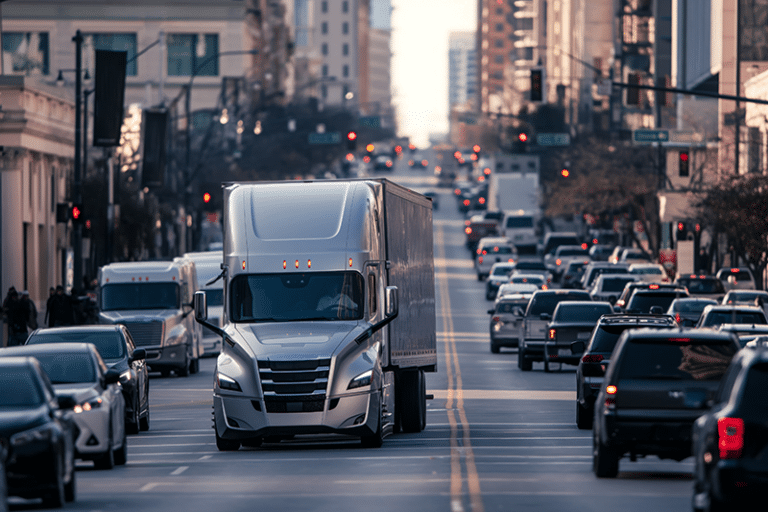As urban landscapes expand, the trucking industry faces new challenges and opportunities; for companies like Canal Cartage Company, located strategically near the Port of Houston, the growth of megacities like Houston itself presents unique logistical hurdles. This article explores how growth affects urban trucking logistics and examines innovative solutions that can help navigate these changes effectively.
The Impact of Megacities on Urban Trucking
Urban sprawl refers to the spread of a city’s suburbs into outlying areas, leading to greater distances and more congested routes for transportation and logistics companies. As cities like Houston grow outward, becoming megacities, the following impacts are particularly noticeable in the trucking industry:
- Increased Traffic Congestion: More vehicles on the road mean slower delivery times and higher fuel costs.
- Longer Delivery Routes: As businesses and residences spread further from city centers, trucks must cover more miles to reach their destinations.
- Stricter Emissions Regulations: Urban areas, especially those close to ports like Houston’s, often have stringent emissions regulations to combat pollution, which affects how trucks operate.
- Higher Operating Costs: Extended travel distances and delays in congested areas lead to increased spending on fuel and maintenance.
Embracing Urban Distribution Centers
Urban distribution centers (UDCs) offer a promising and constructive approach to mitigating the adverse effects of growth on urban trucking. UDCs are strategically located warehouses or fulfillment centers that enable faster and more efficient distribution within urban environments. Here’s how they help:
- Reduced Travel Distance: By storing goods closer to the end consumer, UDCs reduce the distance delivery trucks need to travel.
- Faster Delivery Times: Shorter routes from UDCs to customers mean quicker delivery times, which is crucial for time-sensitive shipments.
- Decreased Traffic Impact: Distributing goods from local centers reduces the number of long-haul journeys, easing traffic congestion.
For example, Canal Cartage can leverage its proximity to the Port of Houston to establish a UDC hub for redistributing imports to local businesses and consumers, streamlining operations, and reducing urban traffic impacts.
Transitioning to Electric Delivery Vehicles
Another forward-thinking solution is the adoption of electric delivery vehicles (EDVs). As cities impose stricter emissions regulations and the societal push towards sustainability grows, EDVs are essential to urban trucking logistics. Benefits include:
- Lower Emissions: EDVs produce zero tailpipe emissions, helping companies like Canal Cartage meet urban environmental standards.
- Reduced Noise Pollution: Electric trucks are quieter than their diesel counterparts, which is beneficial in noise-sensitive urban areas.
- Cost-Effective Operations: Although the initial investment may be higher, the lower ongoing electricity costs compared to diesel can result in significant savings.
Canal Cartage Company positions itself as a leader in sustainable urban trucking logistics by incorporating EDVs that appeal to eco-conscious clients and consumers.
Case Studies: Success Stories in Urban Trucking Logistics
Several companies across the globe have successfully adapted to the challenges posed by urban sprawl through innovative strategies:
- Company A in New York implemented a network of mini-distribution centers across the city, significantly reducing delivery times by over 30%.
- Company B in London has transitioned its entire fleet to electric vehicles, and due to lower fuel and maintenance expenses, it has seen a 20% reduction in operational costs.
These examples illustrate practical approaches that Canal Cartage can consider or adapt to enhance its operational efficiency and sustainability in the face of Houston’s urban sprawl.
Canal Cartage for Urban Trucking Logistics
The growth of megacities and the accompanying urban sprawl pose significant logistical challenges for the trucking industry. However, companies can turn these challenges into opportunities by adopting urban distribution centers and transitioning to electric delivery vehicles. Canal Cartage Company, situated near the bustling Port of Houston, finds these strategies beneficial and necessary for staying competitive in a rapidly evolving urban trucking landscape. As Houston continues to grow, proactive adaptations in logistics will pave the way for sustainable growth and continued success in the trucking sector.



